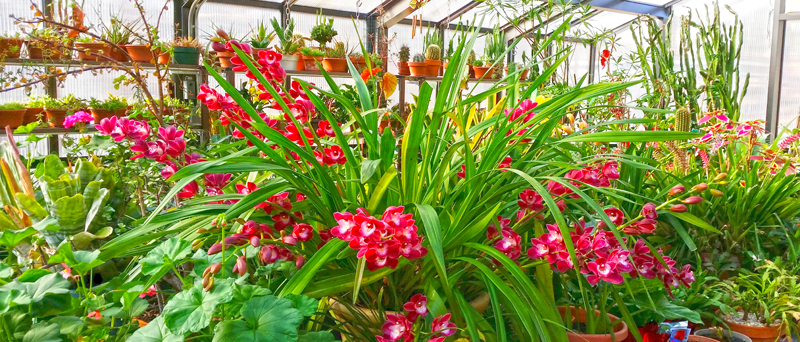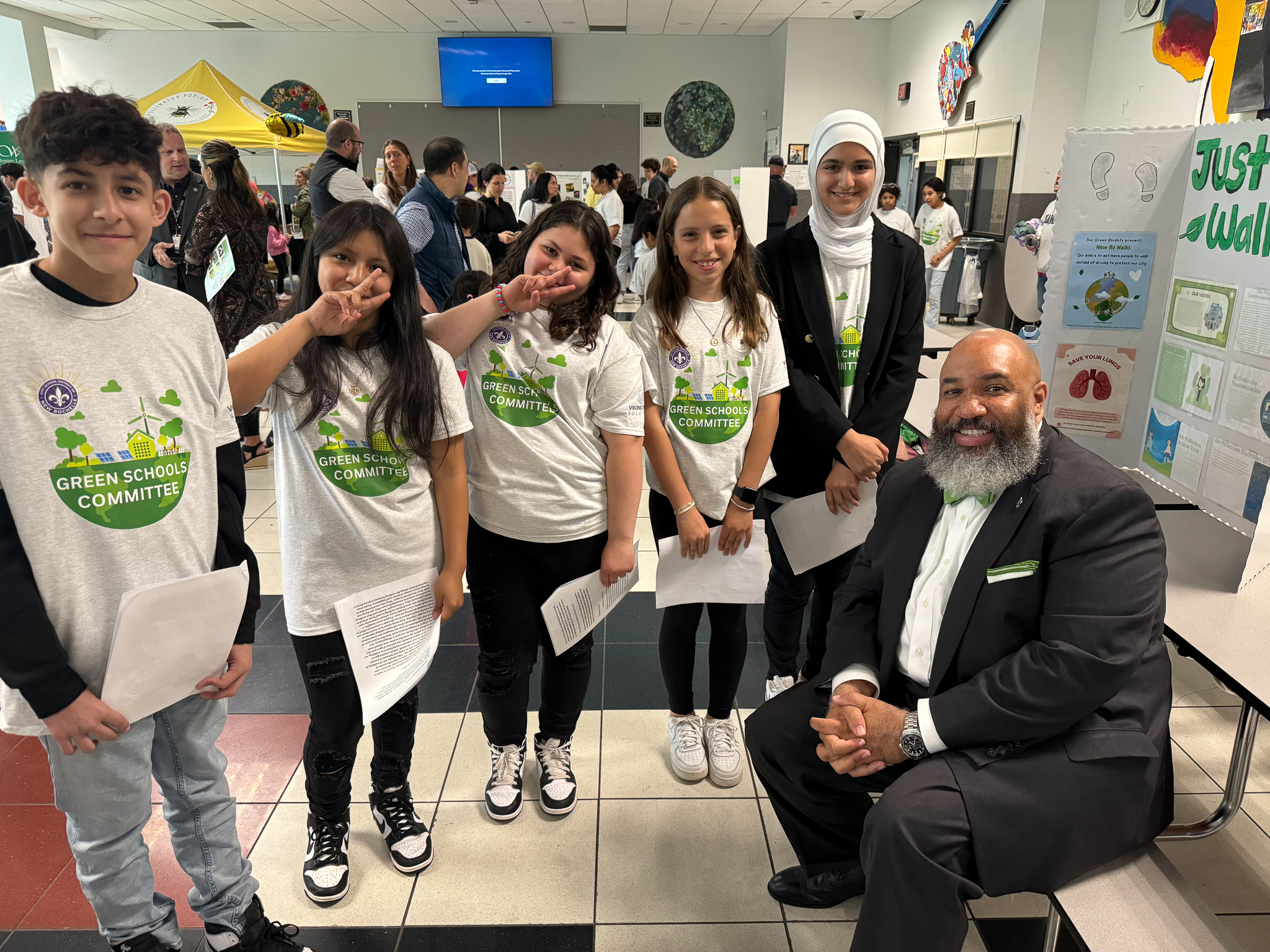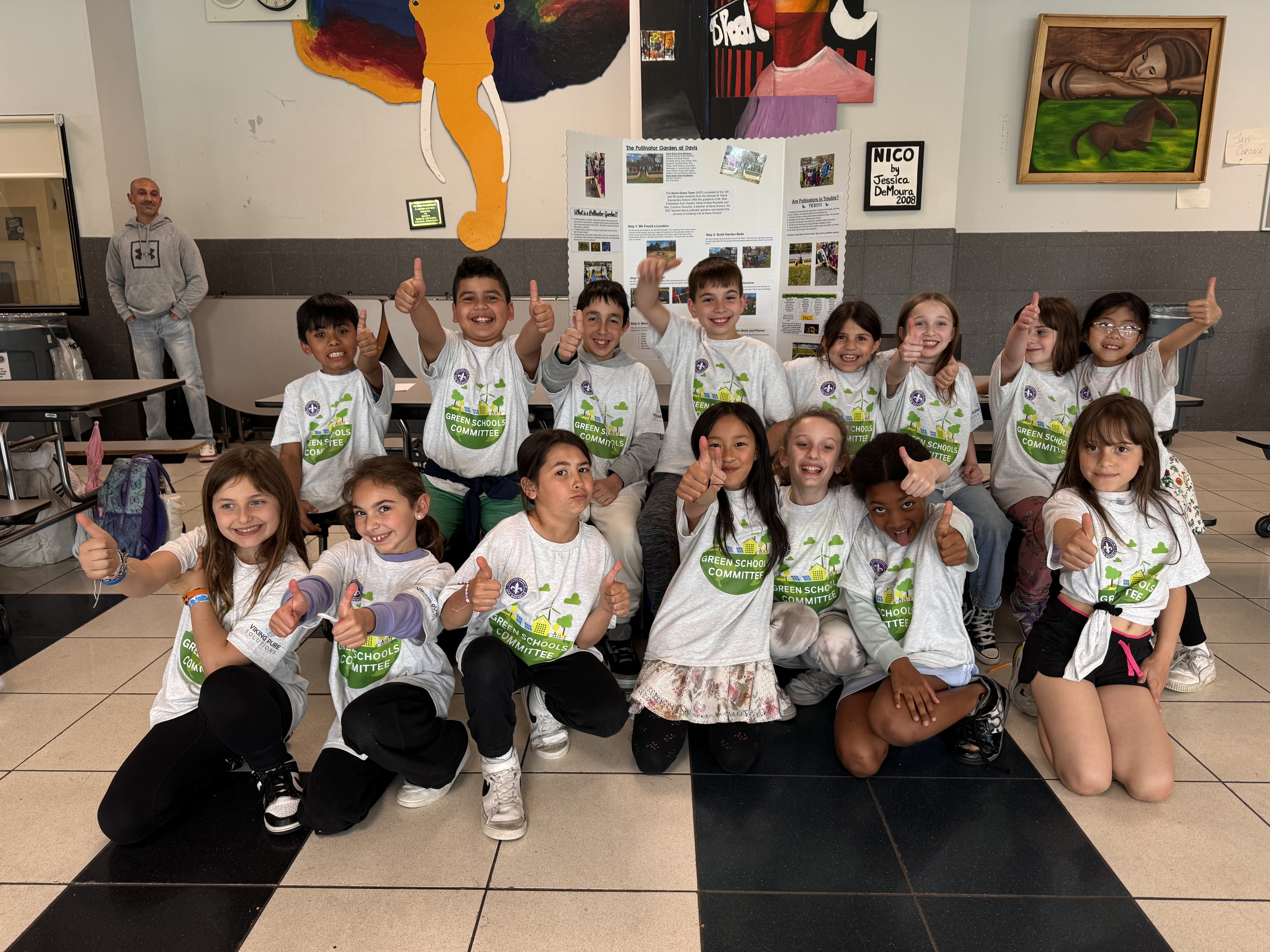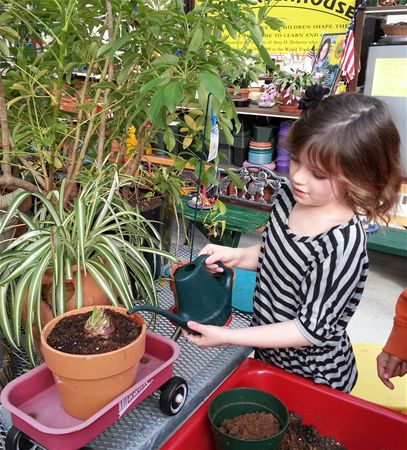Our District
Board of Education
Organizational Charts
Departments
Business & Administration
Curriculum & Instruction
Expanded Learning
Facilities
Family and Community Engagement
Performing & Visual Arts
Safety & Security
Student Support Services
Technology
Charter School Information
Family & Community
Calendars
Parent Resources
Staff
Students





